How to Choose Between Cable and Fiber for Your Home Internet Needs
As the demand for high-speed internet connectivity continues to rise, choosing the right option for your home can be a daunting task. With a multitude of providers and technologies available, understanding the differences between cable and fiber is essential for making an informed decision. According to the Federal Communications Commission (FCC), nearly 90% of American households have access to cable internet, while fiber-optic technology reaches about 34% of the population. However, fiber is rapidly expanding, boasting faster speeds and more reliable connections, with some providers offering multi-gigabit plans. This article delves into the critical factors to consider when deciding between cable and fiber for your home internet needs, helping you to navigate through speed, cost, availability, and overall performance to find the best fit for your lifestyle.
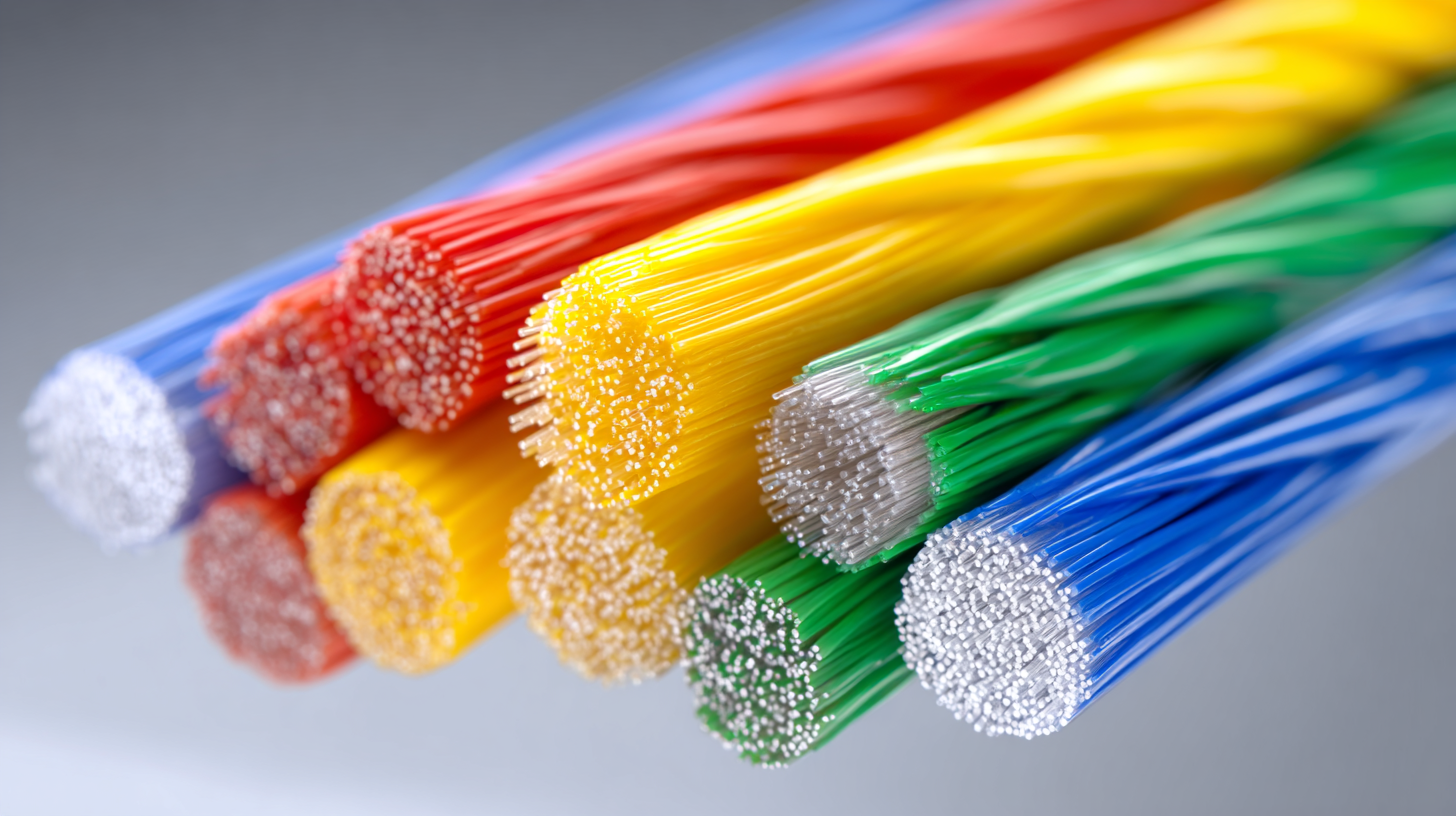
Understanding the Basics of Cable and Fiber Internet Technologies
When considering your home internet options, understanding the basic technologies behind
cable and
fiber is crucial.
 Cable internet operates over coaxial cables, similar to those used for cable television. This technology delivers reliable speeds and is widely available, making it an appealing choice for many households.
However, because cable internet shares bandwidth among users in a neighborhood, peak usage times can lead to slower speeds, especially in densely populated areas.
Cable internet operates over coaxial cables, similar to those used for cable television. This technology delivers reliable speeds and is widely available, making it an appealing choice for many households.
However, because cable internet shares bandwidth among users in a neighborhood, peak usage times can lead to slower speeds, especially in densely populated areas.
 On the other hand, fiber optics use thin strands of glass or plastic to transmit data as light signals. This technology offers
faster speeds and greater bandwidth than cable, ensuring a consistent performance even during high-demand periods. Fiber internet is becoming increasingly accessible,
though its availability may be limited in certain regions. As you evaluate your options, consider
factors such as speed requirements, cost, and local availability to determine which technology best fits your internet needs.
On the other hand, fiber optics use thin strands of glass or plastic to transmit data as light signals. This technology offers
faster speeds and greater bandwidth than cable, ensuring a consistent performance even during high-demand periods. Fiber internet is becoming increasingly accessible,
though its availability may be limited in certain regions. As you evaluate your options, consider
factors such as speed requirements, cost, and local availability to determine which technology best fits your internet needs.
Comparing Speed and Performance: Cable vs. Fiber
When choosing between cable and fiber for your home internet needs, understanding speed and performance is crucial. Fiber optic internet is widely regarded as the gold standard. Most fiber connections can deliver download speeds of up to 1 Gbps, with future options reaching 2 Gbps, 5 Gbps, or even 10 Gbps. The latency for fiber connections is typically very low, often ranging from 5 to 20 milliseconds. This makes fiber an excellent choice for high-demand activities such as gaming, 4K streaming, and video conferencing.
On the other hand, cable internet also offers robust performance, though it may not match fiber's peak speeds. Cable can provide download speeds ranging from 25 Mbps to over 1 Gbps, depending on the service tier you choose. However, cable internet has a higher latency, usually around 10 to 30 milliseconds, which might impact real-time applications slightly more than fiber.
**Tips:** When selecting a service, consider your internet usage habits. If you frequently download large files or stream high-definition video, fiber’s high speed and low latency will serve you better. Additionally, check the availability of both options in your area, as some regions may have limited fiber access, especially in rural locations. Always compare pricing and contract terms for the best value.
Evaluating Cost and Availability for Your Area
When deciding between cable and fiber optics for your home internet, the availability and cost in your area play a crucial role. Cable internet is generally more widespread, with many urban and suburban areas benefiting from established infrastructure. In contrast, fiber optics, while offering faster speeds and lower latency, may not be available in all regions. It’s essential to check with local providers to see which options are accessible near you.
Cost is another significant factor. Cable internet often comes with lower initial price points and promotional offers, making it an attractive choice for budget-conscious users. Fiber, although typically more expensive, offers a higher value for those requiring robust speeds for activities like gaming, streaming, or remote work. By considering the availability and cost tailored to your specific location, you can make an informed decision that best meets your internet needs.
Comparing Internet Options: Cable vs Fiber
Assessing Your Internet Usage Needs and Preferences
When deciding between cable and fiber internet, evaluating your internet usage needs and preferences is crucial. If you are a casual user who primarily browses social media, streams videos, or checks emails, cable may suffice as it provides reliable speeds for these activities. However, if you have multiple users streaming high-definition content, engaging in online gaming, or working from home using data-intensive applications, fiber is the better choice due to its superior speed and capacity.
Tip: Consider conducting a speed test during peak usage times to gauge your current service's performance and identify any bottlenecks that affect your experience. This can help you determine whether cable's typical download speeds meet your needs or if fiber's consistent performance would be more beneficial.
Moreover, think about your future needs. As households increasingly rely on smart devices, the demand for bandwidth is likely to grow. Fiber's ability to handle multiple devices simultaneously without a drop in speed makes it a worthy investment for future-proofing your internet connection.
Tip: Before making a decision, check for local service providers and compare plans, ensuring you choose an internet package that aligns with both current and anticipated usage.
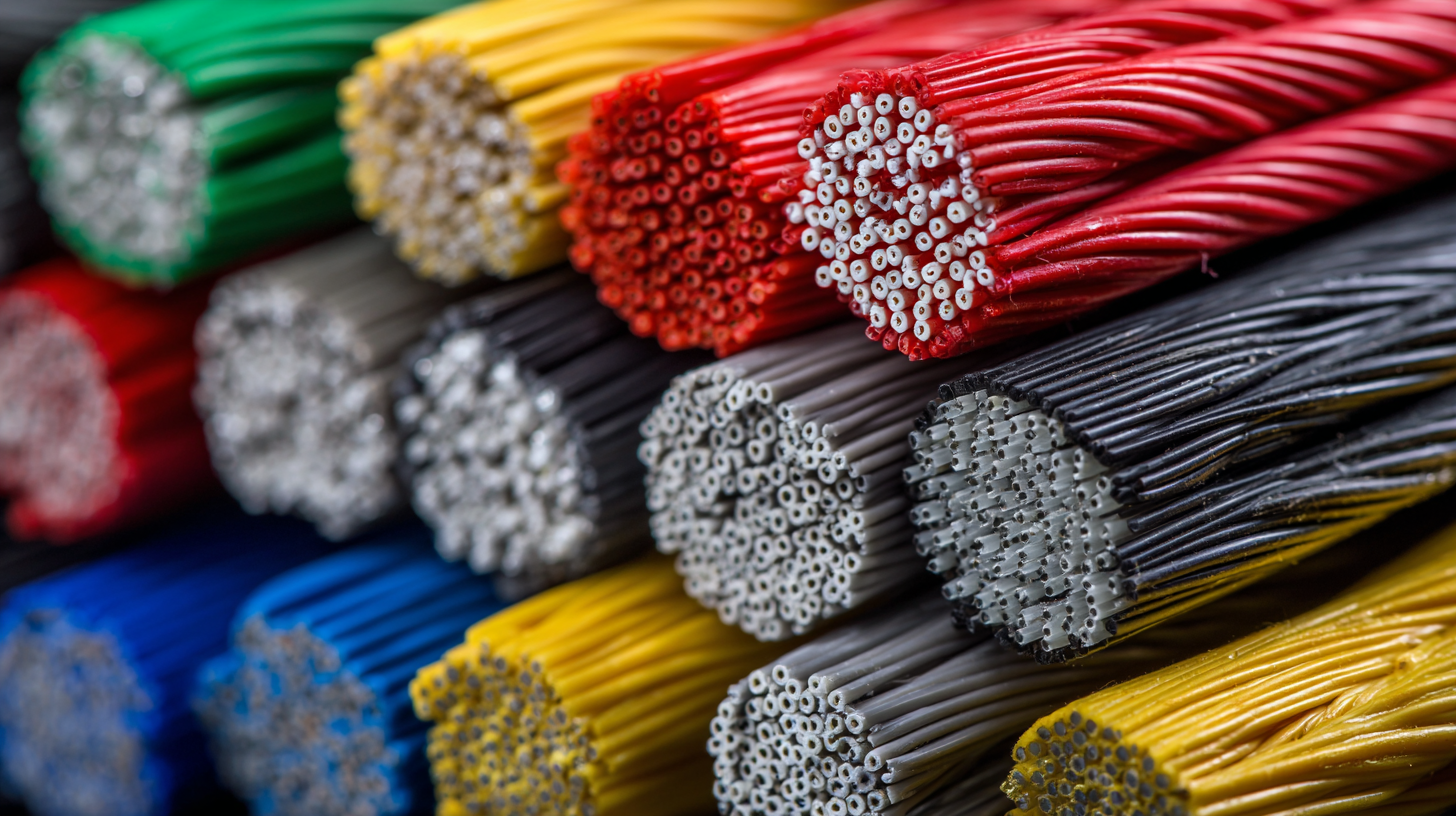
Determining the Best Option for Future-Proofing Your Home Connectivity
When deciding between cable and fiber for your home internet needs, future-proofing your connectivity becomes a primary concern. Fiber-optic technology offers substantially higher bandwidth and faster speeds compared to traditional cable. As households increasingly incorporate smart devices, high-definition streaming, and online gaming, the demand for robust internet service continues to rise. Opting for fiber ensures that your home network can handle these needs for years to come, whether it’s for a growing family or remote work requirements.
Moreover, fiber's capability to maintain speed over longer distances makes it a more reliable option in the long term. As technology evolves, more applications and devices will require greater data transfer rates. While cable might provide sufficient speed for current usage, fiber's scalability positions it as the superior choice for those who desire uninterrupted connectivity. Therefore, considering the potential growth of your home’s technological ecosystem will guide you to a decision that not only meets your immediate needs but also safeguards you against future bandwidth challenges.
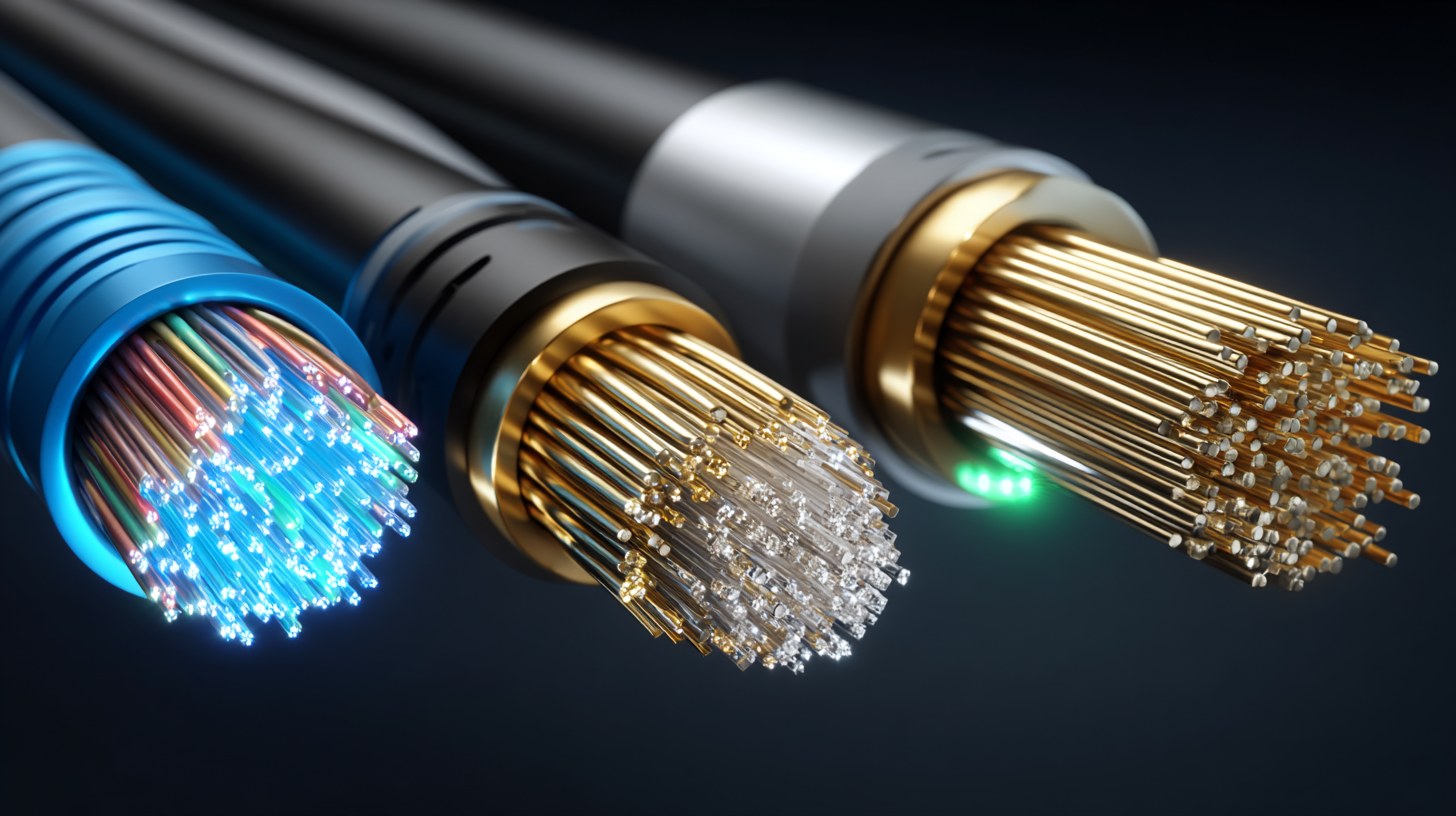
Related Posts
-

5 Digital Insights and Tips for Choosing the Right Optic Cable to Enhance Your Network Performance
-
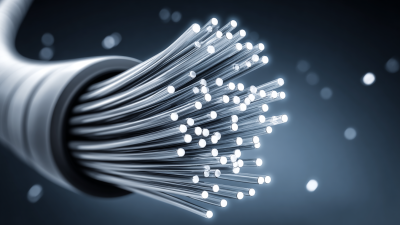
Maximize Your Network Potential with Fiber Cable Insights and Best Practices
-

Understanding the Consequences of RJ45 Tester Misconfigurations in Network Performance
-

7 Essential Tips for Choosing the Best Fiber Optic Termination Kit for Your Projects
-
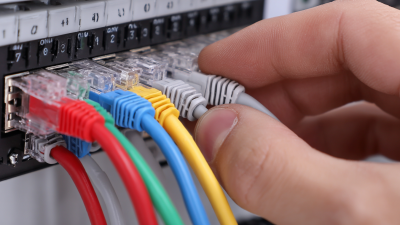
Understanding RJ45 Wiring Types and Their Applications in Modern Networking
-
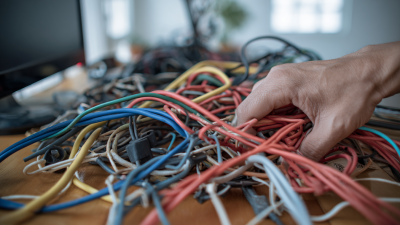
7 Strategies for Effective Wire Management: Boost Your Business Efficiency by 30%!






